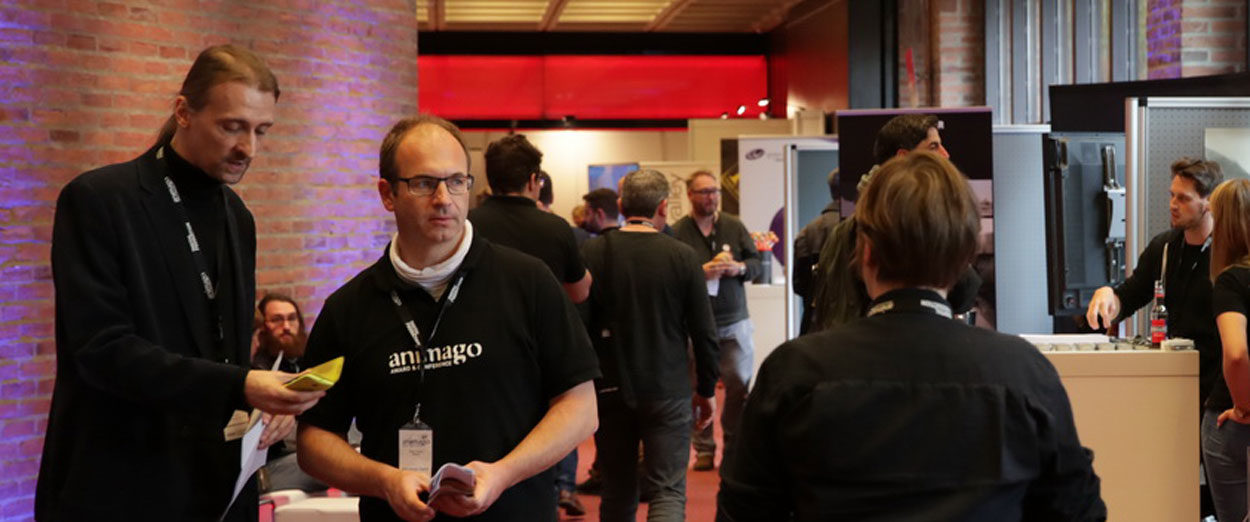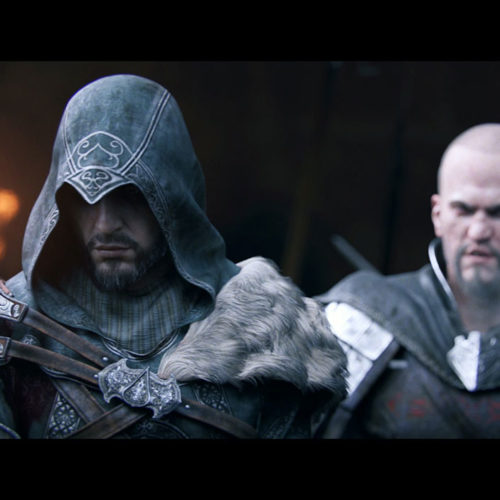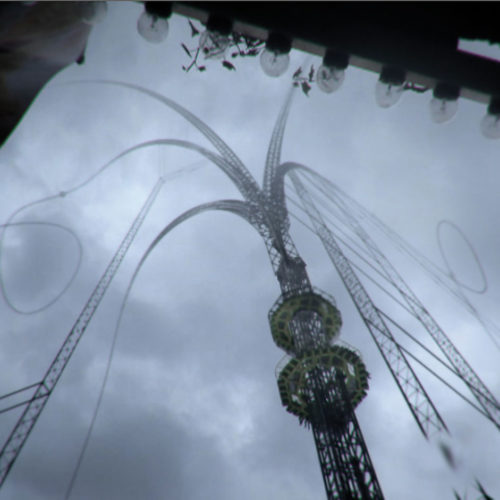Interview with Thomas Gronert, animago CONFERENCE Program Director
Thomas Gronert has been responsible for organising the animago conference programme schedule for several years now and has worked in the overall media industry since 1994. In 2004, he became the Managing Director of Missing Link Software Solutions GmbH and in 2014 a professor at the Mediadesign Hochschule (MD.H) at their campus in Munich.
How did you come to work at the animago CONFERENCE?
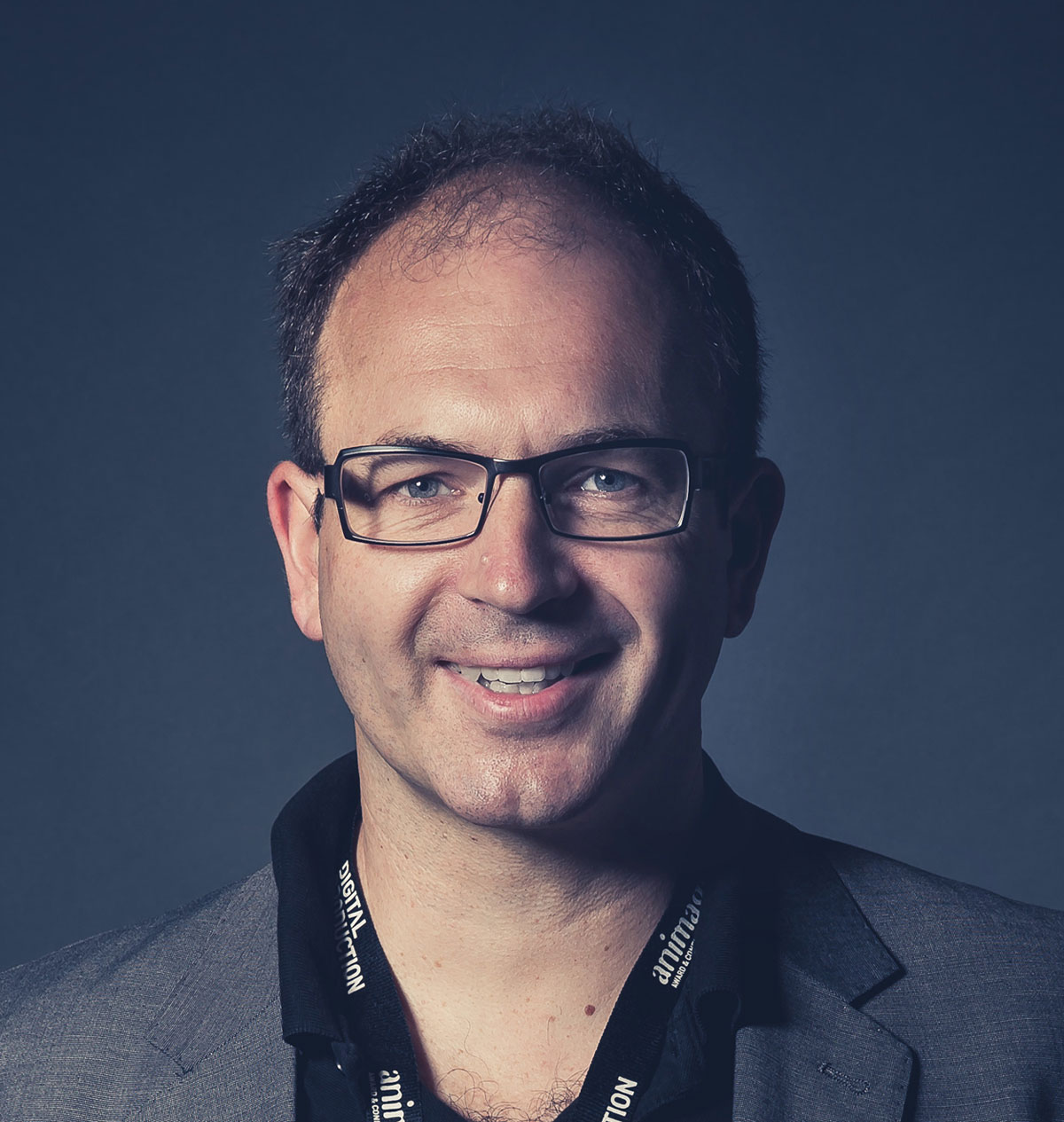
Thomas Gronert
Thomas Gronert: The idea of establishing an independent expert conference linked to the animago AWARD came about in 2006. I believe it was Matthias Lange, who was DP editor-in-chief at the time, who asked me if I could manage the guest speakers at the conference. At that point, I had already organised countless seminars and workshops involving international speakers, so I said “yeah, I’d love to”. The first conference was held in 2007, and back then it was still called the “Digital Creation Days” and took place in Karlsruhe. When the conference moved to Potsdam Babelsberg in 2009 and was renamed the “animago AWARD & CONFERENCE”, I took a one-year break. In 2010, I got back in the game and since 2012 I’ve been the person responsible for organising the conference programme.
Are there any animago CONFERENCE speeches that left a special impression on you?
Thomas Gronert: That’s hard to say because there’ve been so many interesting speeches in the history of the animago conference. In general, however, the presentations given by Pixar speakers were always very successful. Speakers from the United States seem to be born entertainers. In 2015, we really enjoyed Matthias Menz from Weta Digital in New Zealand with his speech “The Art of Lighting”. I also found the tech-heavy speeches that contained analyses of image created by old artists, such as Rembrandt and Renoir, to be highly impressive.
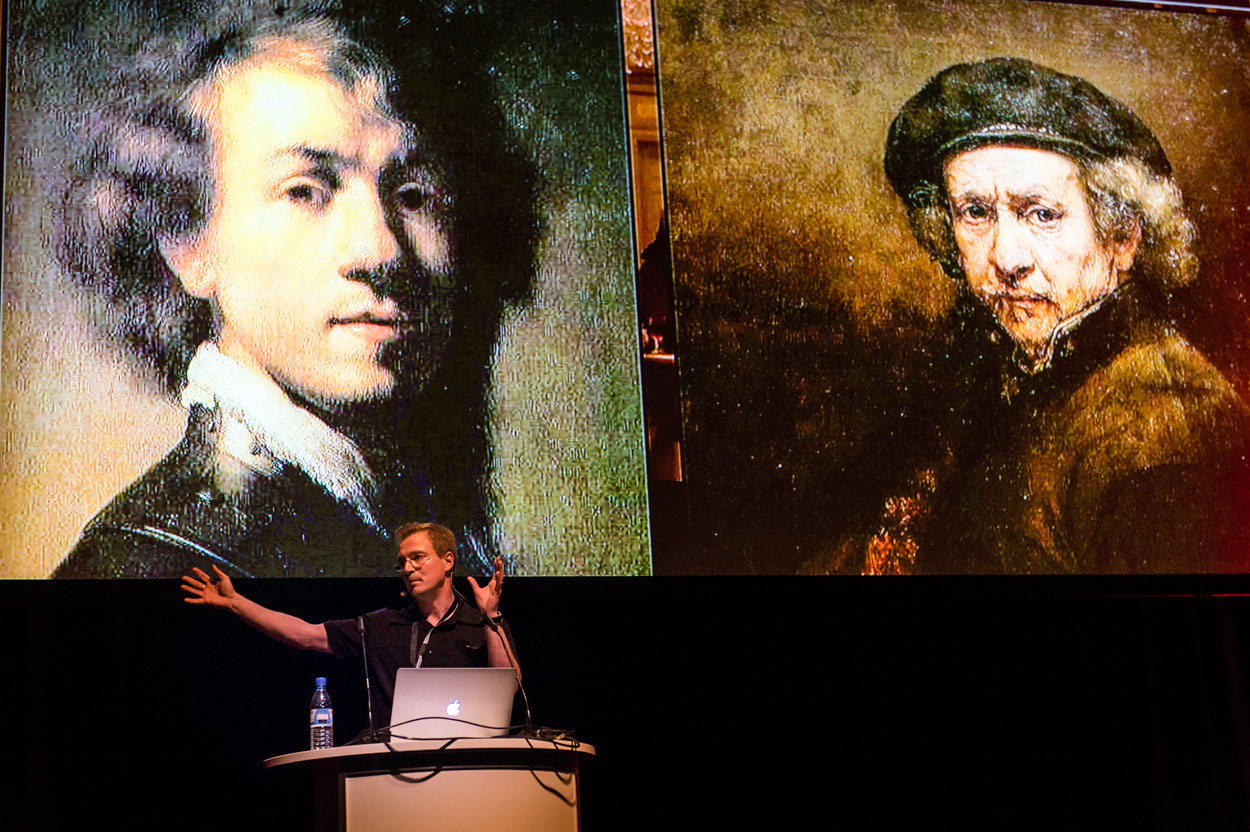
animago CONFERENCE 2015: Matthias Wenz: “The Art of Lighting”
Which animago AWARD submission do you remember the most and why?
Thomas Gronert: I’m always impressed by the “Assassin’s Creed” games trailers submitted by Digic Pictures in Hungary. They are true masterpieces. I hope that we’ll be able to get a Digic speaker again this year for our conference programme. I found the submission “Loom” by Polynoid in 2010 to be extremely striking visually. But I experienced the biggest wow-effect when I first saw the “The Centrifuge Brain Project”, a project disguised as a documentary, by frameboX. It was brilliantly made and super funny.
You’ve been teaching at the M.DH Munich since 2012, in 2014 you became a professor there and now you’re also head of the “Digital Film Design – Animation/VFX” department. What elements do you try to communicate to your students and what is the university’s general approach when it comes to giving young talent the skills they need to survive in the industry once they’ve finished their studies.
The university’s task is to give the students a solid foundation in the areas of creativity, visualization, animation and VFX so that they can become valuable members of the industry and find their place on the international labour market. And I think our concept works, seeing as all of our graduates have been able to enter the market very successfully. My personal approach is to help students so that they can develop into independent artists who are able to work well in teams. I also try to use my contacts to facilitate each student’s first step into the industry.
You came to the 3D industry in 1994 as a computer graphic designer. As far as your personal impression goes, how has the industry transformed since then and what were the most drastic changes for you?
Thomas Gronert: I am very happy that there are so many great animation and VFX studios in Germany now working on major Hollywood productions and international TV series. That was still unthinkable when I started out. The need for CGI in general has grown every year since the 1990s and the technology continues to conquer new areas. This is an equally positive development seeing as it ensures the necessity for young talent. What’s not so great as far as I’m concerned is that the complexity of the programmes has developed exponentially. In the old days, back when I was a Certified Softimage (later XSI) Trainer, I would have been able to insist that I knew my way around all of the possible software functions. I wouldn’t be able to do that today, seeing as the diversity and complexity of the programmes have increased so much. Probably the most drastic change came in 1994 when Microsoft bought Softimage and shortly thereafter ported it onto Windows. That was the point at which the software suddenly became suitable for mass production. At the same time, it was probably the beginning of the end for those sinfully expensive Silicon Graphics graphic computers.
Any questions about the animago CONFERENCE? Contact Thomas Gronert via phone +49 (0)89 42757994 or mail tg@animago.com

